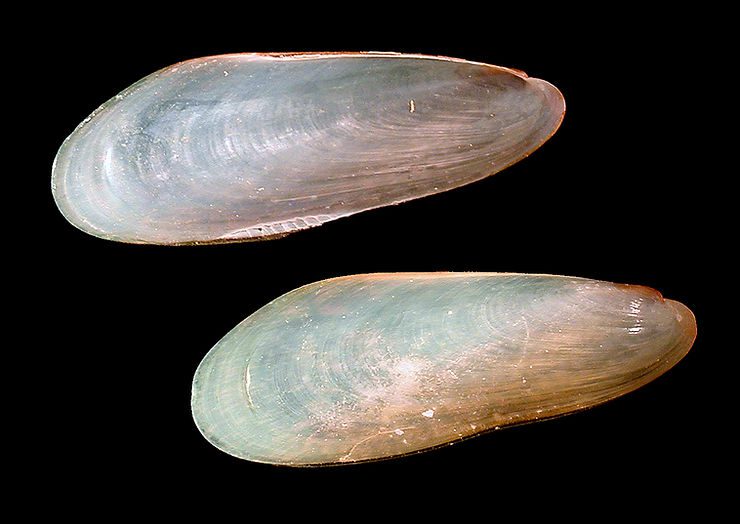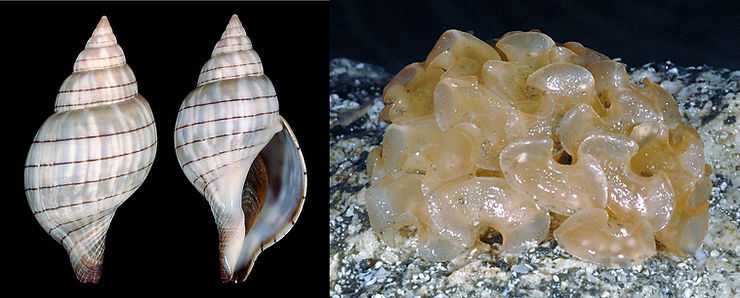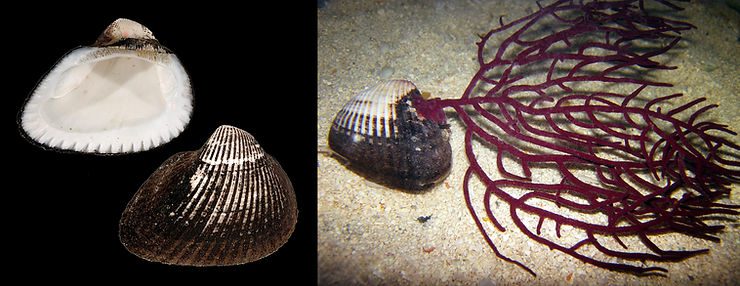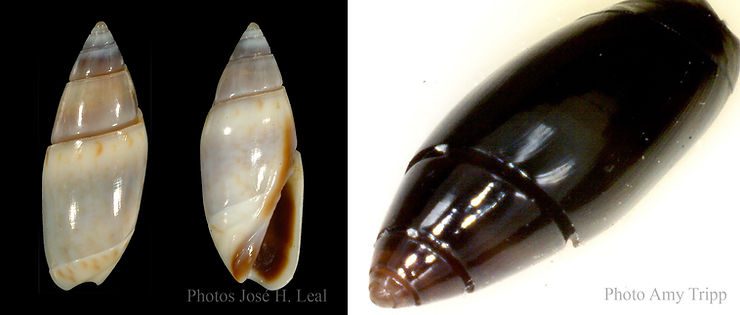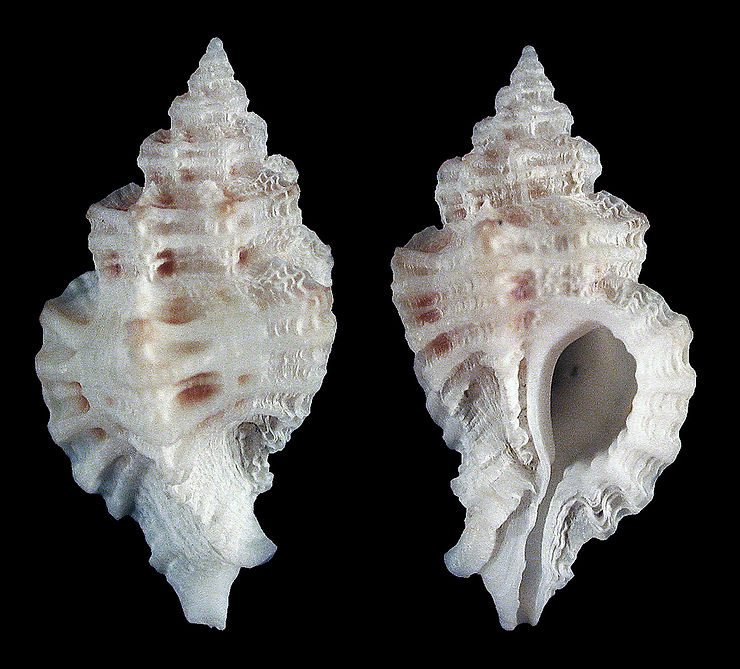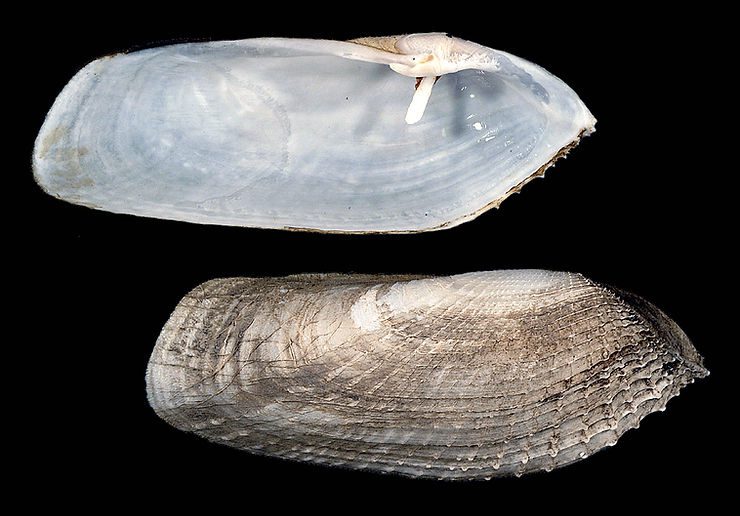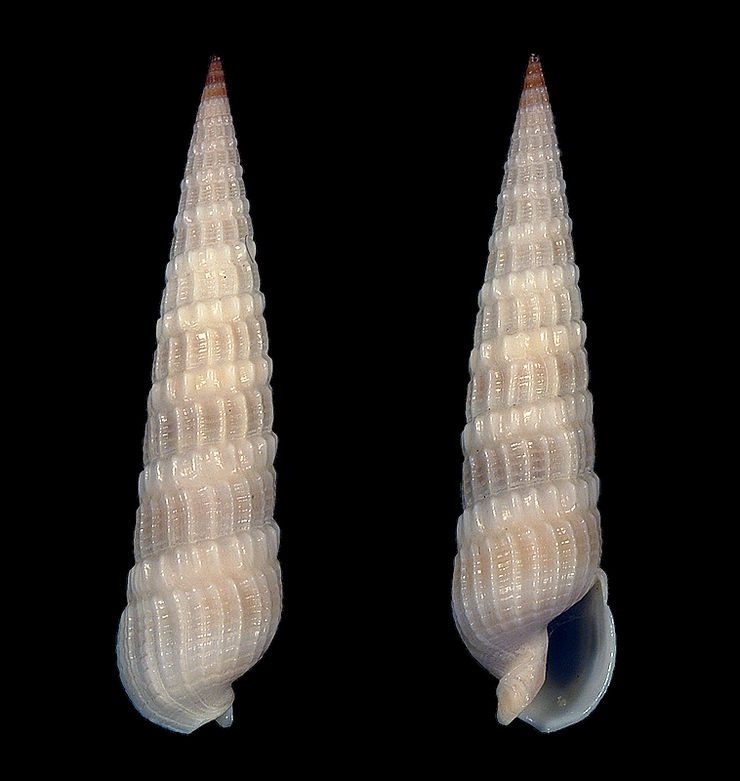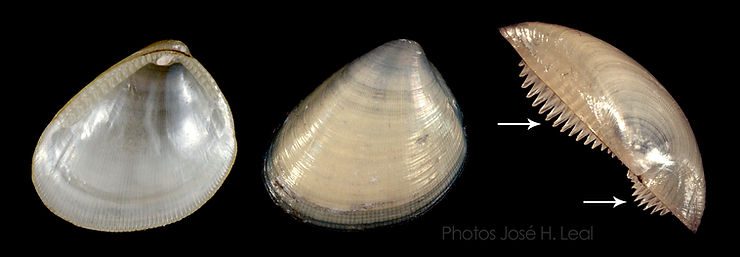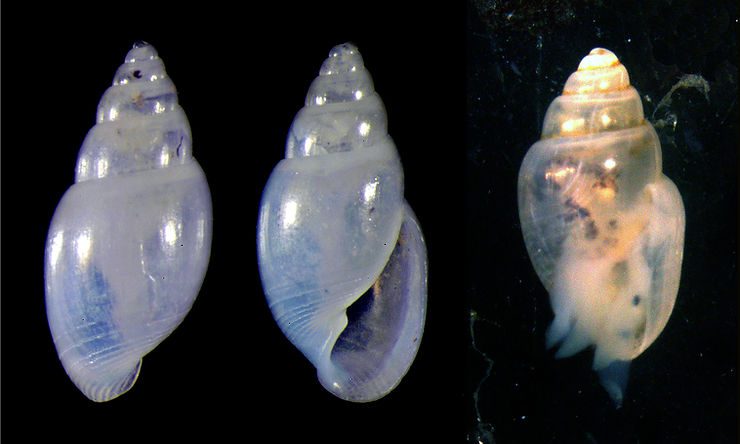
The Pitted Baby Bubble
The Pitted Baby Bubble, Japonactaeon punctostriatus (C.B. Adams, 1840), is a local microsnail that reaches about 1/5 inch in size. The shell of the living snail is transparent, becoming opaque after the animal dies, and is ornamented with spiral rows of pin-holes, which are present only on the abapical (“top”) part of the whorls. The juvenile live snail illustrated in the photo on the right was collected on September 15, 2014, by Florida Gulf Coast University (FGCU) student Thomas Behmer on from
